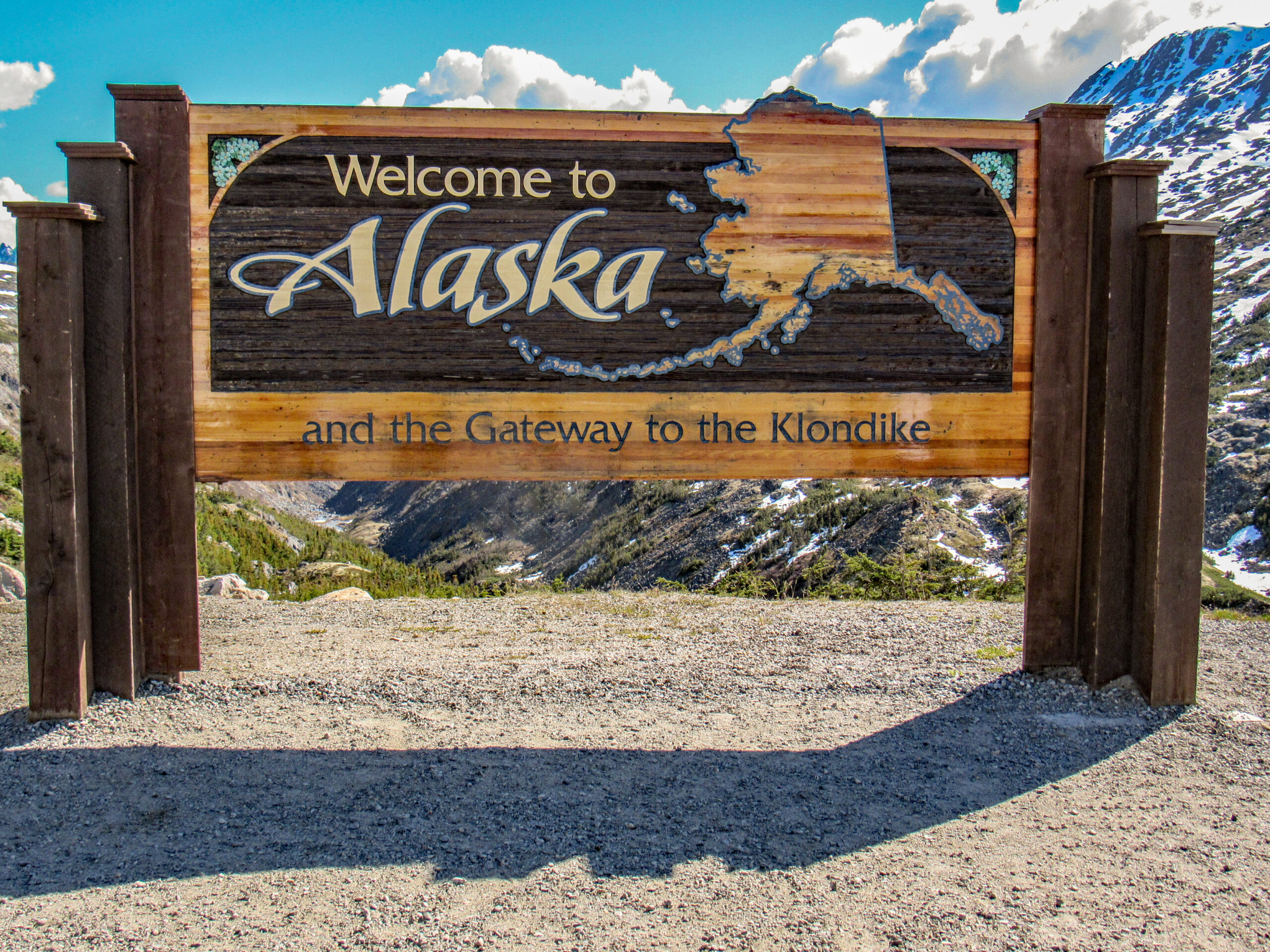Alaska is more than a state—it is a frontier, a wilderness, and a dream. Spanning over 663,000 square miles, it is by far the largest U.S. state, yet home to fewer than a million people. Its immensity and isolation are its defining features, offering landscapes that defy imagination and experiences found nowhere else on Earth.
This land is shaped by extremes. Towering mountains dominate the skyline—none higher than Denali, North America’s tallest peak at 20,310 feet. Glaciers, numbering in the tens of thousands, flow through valleys and fjords, some crashing dramatically into the sea. Vast forests, tundra, and Arctic plains provide habitats for iconic wildlife: grizzly bears, moose, caribou, bald eagles, and whales. Each season paints Alaska differently, from endless summer daylight to the winter spectacle of the Northern Lights.
Yet Alaska is not only wilderness. Indigenous cultures, with histories stretching back thousands of years, enrich the state with traditions of resilience, art, and connection to the land. Coastal towns, fishing villages, and modern cities like Anchorage and Juneau blend frontier grit with contemporary life. Visitors can explore Russian Orthodox churches in Sitka, ride historic railroads in Skagway, or listen to Inupiat stories in the Arctic.
Adventure is the heartbeat of Alaska. From kayaking among glaciers to hiking wild trails, from dog sledding across snowy expanses to flying over remote peaks, every journey is an immersion into the extraordinary. It is a place that humbles, inspires, and stays with you long after departure.
Alaska truly earns its title as the Last Frontier—a realm where nature still rules and where each destination feels like a step into the sublime.
Denali National Park
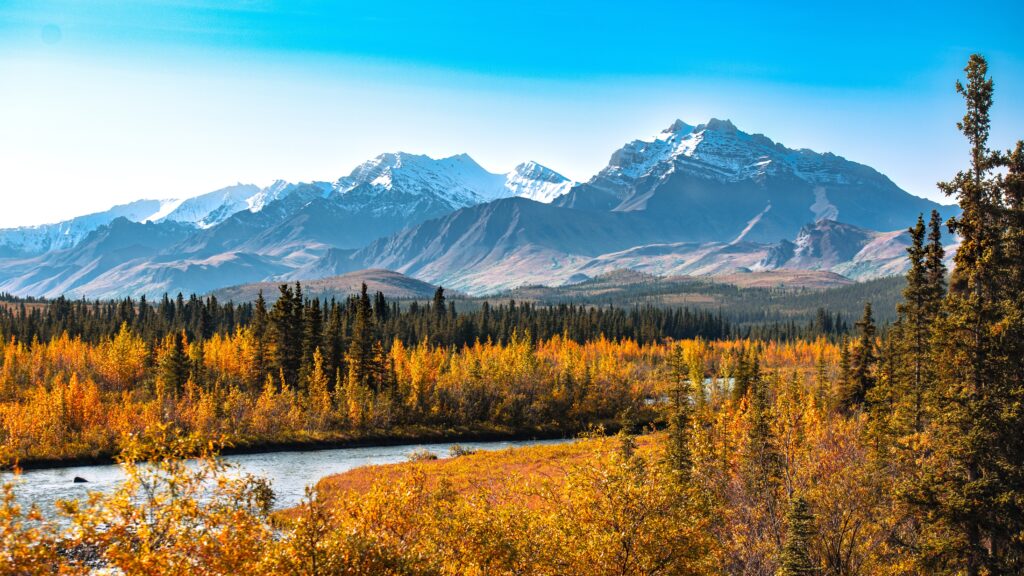
No place captures Alaska’s spirit more than Denali National Park, home to North America’s tallest peak, Denali, towering 20,310 feet above sea level. The park covers over six million acres, offering landscapes that range from boreal forest to tundra and glaciers. Denali is both vast and wild, a place where nature still reigns supreme.
The park is renowned for its wildlife. Grizzly bears roam the valleys, moose graze near rivers, and caribou migrate across open tundra. Golden eagles soar above, while elusive wolves leave tracks in the snow. For many visitors, a bus ride along the park’s single road provides a chance to see both wildlife and Denali itself, often emerging dramatically from the clouds.
Activities abound, from backcountry hiking to mountaineering expeditions on Denali’s slopes. In winter, dog sledding and Northern Lights viewing transform the park into an Arctic wonderland. The Indigenous Athabascans long called this land home, and their traditions echo in its name—Denali, “The High One.”
Visiting Denali is not just a trip into a park but into the essence of wilderness. It is raw, humbling, and unforgettable.
Anchorage
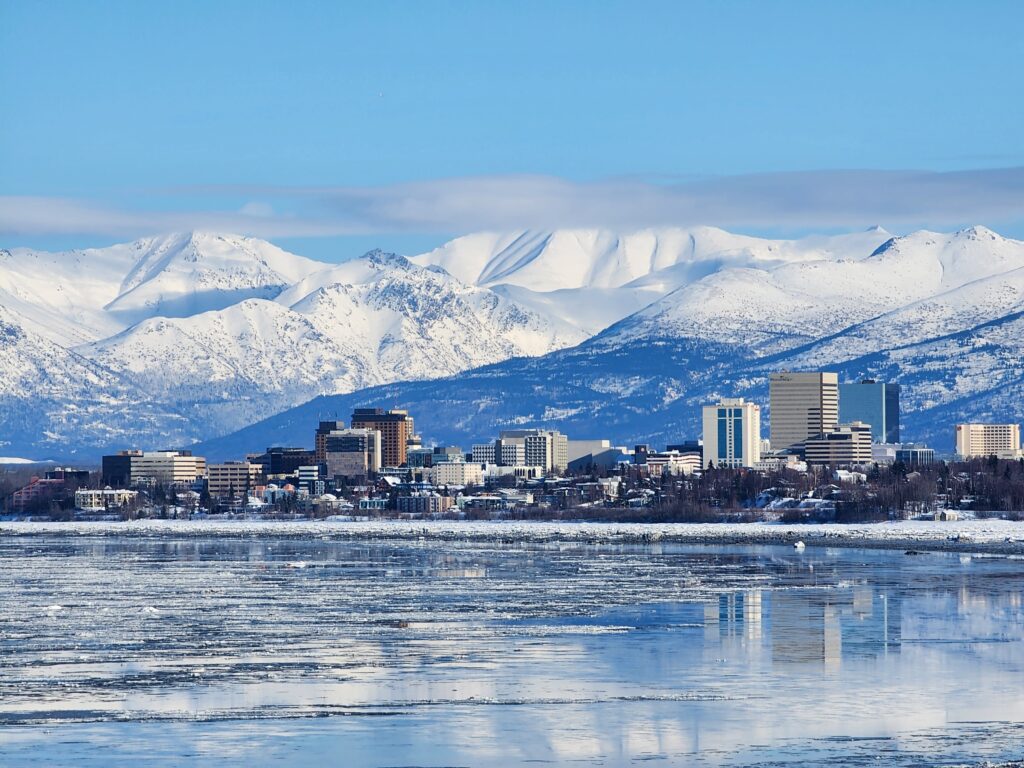
As Alaska’s largest city, Anchorage is often the first stop for visitors and the gateway to the state’s wonders. Surrounded by mountains and bordered by Cook Inlet, Anchorage blends urban life with easy access to nature.
Downtown offers museums such as the Anchorage Museum at Rasmuson Center, where art and science showcase Alaska’s cultural and natural history. The Alaska Native Heritage Center provides immersive experiences into Indigenous traditions, from storytelling to dance.
Anchorage is also known for its outdoor opportunities. The Tony Knowles Coastal Trail stretches 11 miles along the waterfront, perfect for cycling or walking with views of Denali on clear days. Moose often wander the city, a reminder that wilderness is never far away. In winter, dog-sled races like the Iditarod begin here, linking Anchorage to Alaska’s adventurous spirit.
With its mix of culture, accessibility, and nature, Anchorage is more than a stopover—it is Alaska in miniature, where modern life coexists with the call of the wild.
Fairbanks
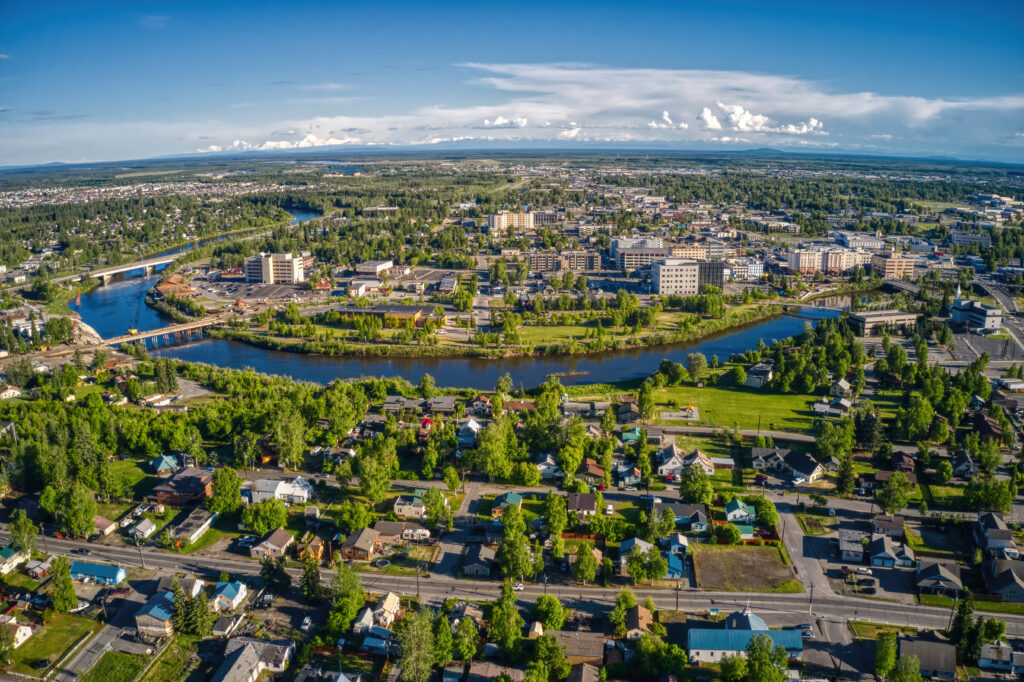
Located in Alaska’s interior, Fairbanks is the state’s second-largest city and a hub of northern adventure. Known as the “Golden Heart of Alaska,” it has a history rooted in the gold rush, still celebrated at sites like Pioneer Park and old mining tours.
Fairbanks is most famous as a gateway to the Arctic Circle and a prime destination to witness the Aurora Borealis. Between late August and April, the night skies shimmer with green, purple, and red lights, making it one of the best places on Earth for aurora viewing.

Summers bring a different magic, with nearly 24 hours of daylight. Visitors can enjoy riverboat cruises along the Chena River, explore the University of Alaska Museum of the North, or relax in the warm waters of Chena Hot Springs, renowned for both relaxation and ice sculptures.
Fairbanks bridges history, culture, and natural wonder, offering travelers a chance to step closer to the Arctic’s vast frontier.
Juneau
Juneau, Alaska’s capital, is unique in every sense. Nestled between the Gastineau Channel and the coastal mountains, it is the only U.S. capital inaccessible by road. Visitors arrive by air or sea, often aboard cruise ships that dock along its waterfront.
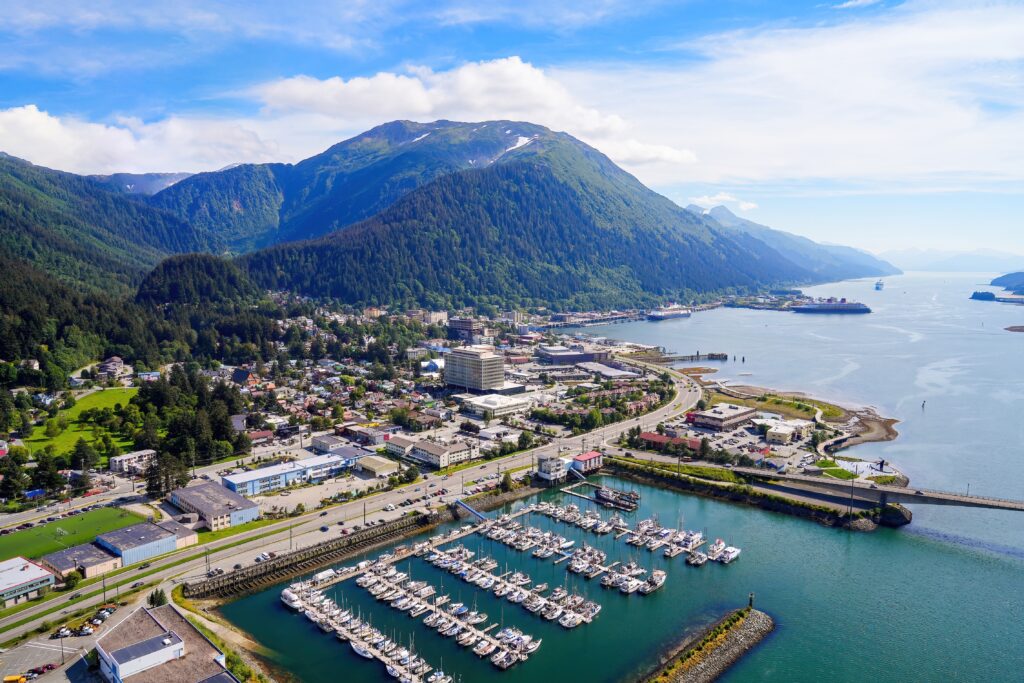
Juneau is surrounded by breathtaking scenery. The nearby Mendenhall Glacier, part of the Juneau Icefield, flows majestically into a lake, with trails leading to waterfalls and viewing platforms. Whale-watching tours depart from the harbor, offering close encounters with humpback whales and orcas.
The city itself blends government life with frontier charm. The Alaska State Museum highlights Indigenous heritage, Russian influence, and natural history. Quaint shops and restaurants line the streets, many featuring fresh seafood like salmon and king crab.
Juneau is also a base for adventure, with flightseeing tours over glaciers and fjords, or hiking trails leading deep into Tongass National Forest. Here, wilderness is not just near—it is all around.
Glacier Bay National Park

A UNESCO World Heritage Site, Glacier Bay National Park is one of Alaska’s crown jewels. Encompassing over three million acres of mountains, fjords, and glaciers, it is a living laboratory of geology and ecology.
The park is best known for its tidewater glaciers, massive rivers of ice that calve dramatically into the sea. Cruise ships and smaller boats glide through icy waters, with seals, sea otters, and whales often visible. The towering Margerie Glacier is a highlight, its thunderous icefalls echoing across the bay.
Wildlife thrives here—brown bears roam the shoreline, while bald eagles and puffins patrol the skies. The Huna Tlingit people have called Glacier Bay home for centuries, and their cultural presence enriches the park’s story.
Glacier Bay offers awe on a scale few places can match. It is a place where the earth’s forces are still visibly at work, sculpting landscapes that inspire both wonder and respect.
Kenai Fjords National Park

Carved by glaciers and framed by towering peaks, Kenai Fjords National Park is a showcase of Alaska’s rugged coastal beauty. Centered around the massive Harding Icefield, which feeds nearly 40 glaciers, the park is a striking example of how ice shapes the land.
Boat tours through Resurrection Bay and the fjords reveal tidewater glaciers calving into the sea, sending thunderous cracks across the water. Marine life thrives here—humpback whales breach, sea otters float playfully, and puffins nest on rocky cliffs.
For hikers, the Harding Icefield Trail is a highlight, offering breathtaking views of the endless ice. Closer to Seward, the Exit Glacier provides accessible trails for visitors who want to walk near glacial ice.
Kenai Fjords is where sea, ice, and wildlife converge, offering visitors a glimpse into Alaska’s dynamic and ever-changing natural world.
Seward
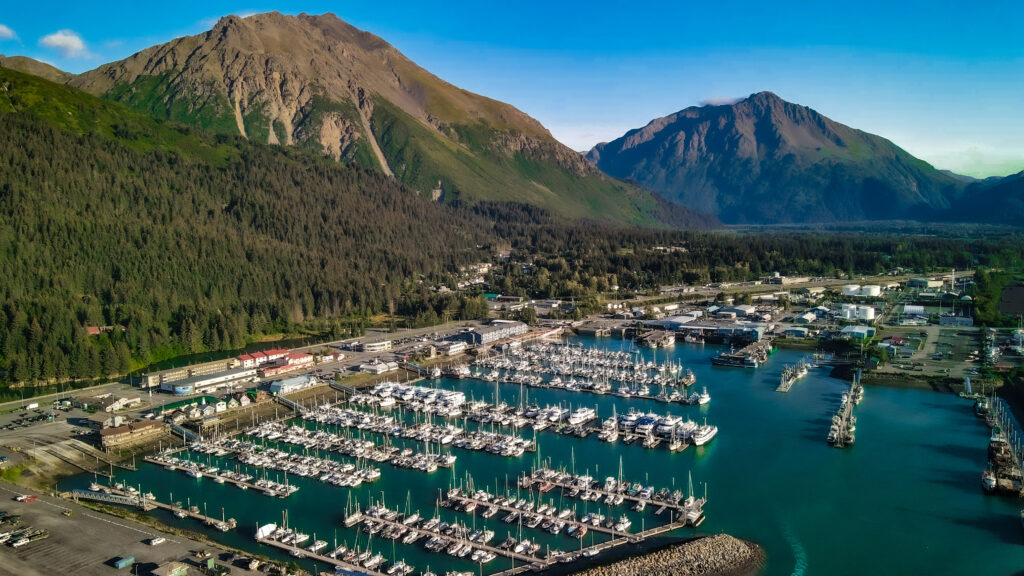
Located on Resurrection Bay, Seward is both a charming fishing town and a gateway to Kenai Fjords National Park. Its harbor bustles with boats, from commercial fishing vessels to tour boats and kayaks.
The town’s history is tied to the Iditarod Trail, once a critical dog sled route for delivering supplies. Today, the Alaska SeaLife Center educates visitors about marine ecosystems and rescues injured animals, making it a must-see for families.
Seward is also known for the Mount Marathon Race, held every July 4th, where athletes dash up and down the steep, rugged mountain overlooking the town. Trails around Seward provide year-round adventure, from coastal hikes to alpine treks.
Quaint shops, seafood restaurants, and vibrant murals add to its character. With its mix of history, nature, and community spirit, Seward captures the essence of coastal Alaska.
Homer
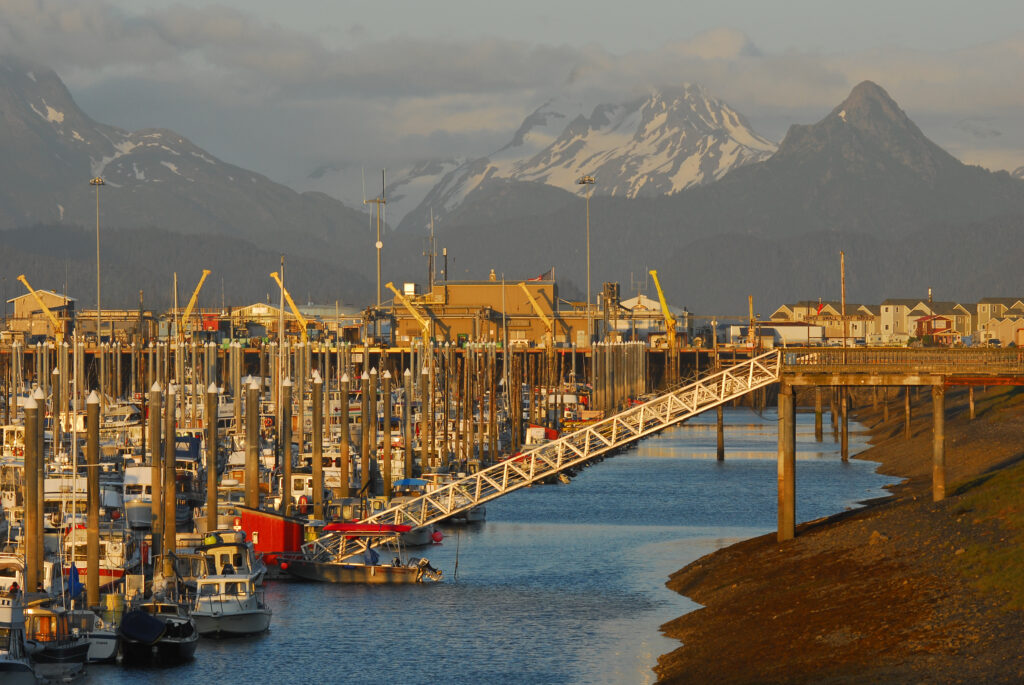
Known as the “Halibut Fishing Capital of the World,” Homer sits at the southern end of the Kenai Peninsula. Its defining feature is the Homer Spit, a narrow strip of land stretching into Kachemak Bay, lined with seafood shacks, galleries, and fishing charter offices.
Homer is a haven for both anglers and artists. Fishing enthusiasts come for the thrill of halibut and salmon, while artists and writers are drawn to the town’s creative spirit. Galleries showcase local talent, and the Pratt Museum highlights natural and cultural history.

Across the bay lies Kachemak Bay State Park, accessible only by boat or plane. This wilderness area offers trails, glaciers, and remote cabins, making Homer not just a fishing town but a launching point for wild adventure.
With its panoramic views, bohemian vibe, and ties to the sea, Homer embodies Alaska’s mix of grit and creativity.
Kodiak Island

The second-largest island in the United States, Kodiak Island is a place of untamed beauty and rich heritage. Known for its massive Kodiak brown bears, the island offers unparalleled wildlife viewing in habitats that range from coastal plains to mountains.
Kodiak also has a strong cultural history. Home to the Alutiiq people for thousands of years, it later became a Russian settlement, with Orthodox churches still standing today. The Kodiak History Museum preserves this layered past.
The island is also a hub for commercial fishing, particularly Alaskan king crab and salmon. Visitors can watch the harbor come alive with fishing boats or join charters for deep-sea excursions.
Remote and less visited than many Alaskan destinations, Kodiak rewards travelers with both solitude and spectacle—where cultural depth meets raw wilderness.
Prince William Sound

A region of fjords, glaciers, and islands, Prince William Sound is one of Alaska’s most breathtaking coastal areas. Known worldwide due to the 1989 Exxon Valdez oil spill, today the sound has rebounded as a thriving marine ecosystem.
Glaciers such as Columbia Glacier and Meares Glacier are highlights, their blue walls tumbling into icy waters. Wildlife is abundant—sea lions bask on rocky outcrops, orcas slice through the waves, and seabirds fill the skies.
Towns like Valdez, Cordova, and Whittier serve as gateways to the sound, offering boat tours, kayaking, and fishing trips. Kayakers can paddle among icebergs, while photographers capture reflections of snowcapped peaks in still waters.
Prince William Sound is a place of renewal, where nature’s resilience and grandeur create a landscape that is both fragile and powerful.
Sitka

Once the capital of Russian America, Sitka is a coastal gem where history and wilderness intertwine. Nestled on Baranof Island, it is surrounded by snowcapped mountains and the sparkling waters of the Pacific. The town’s layered heritage—from Tlingit roots to Russian colonization and American influence—creates a unique cultural tapestry.
Visitors can explore Sitka National Historical Park, where towering totem poles line forested trails along the Indian River. The nearby Russian Bishop’s House and St. Michael’s Cathedral recall Sitka’s Orthodox past, offering a glimpse into a time when the Russian Empire’s reach extended across the Pacific.
Outdoor enthusiasts are equally rewarded. The surrounding Tongass National Forest provides trails, kayaking routes, and wildlife encounters with eagles, bears, and whales. Art galleries and seafood restaurants reflect Sitka’s creative and maritime spirit.
Blending rich history with stunning natural beauty, Sitka is both Alaska’s cultural heart and a window into its storied past.
Skagway
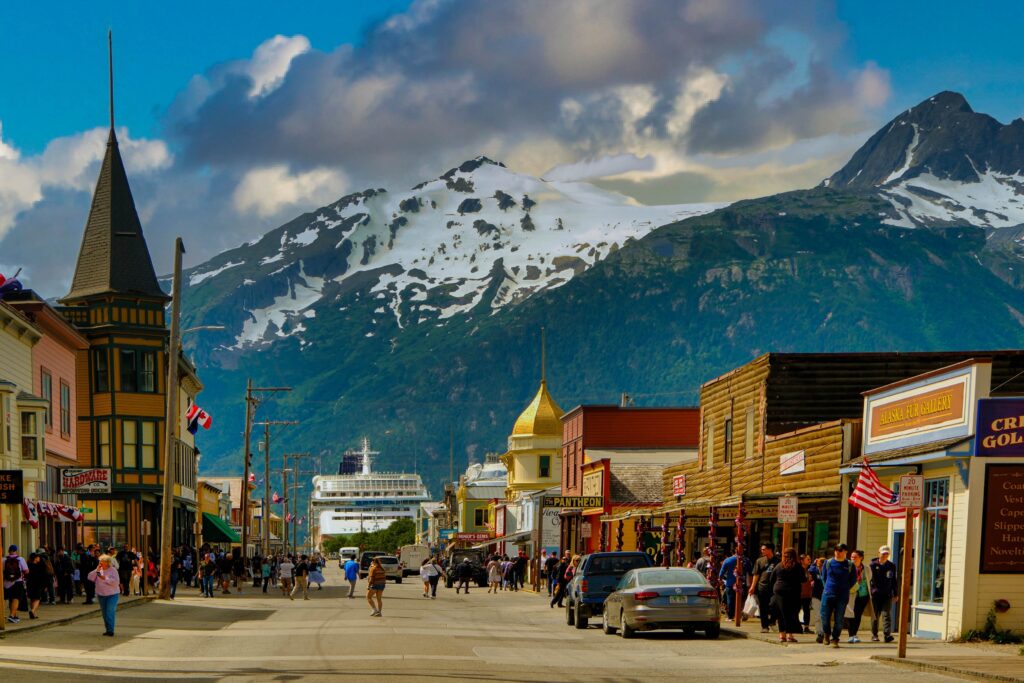
During the Klondike Gold Rush of the late 1890s, Skagway was the gateway to fortune seekers heading north to the Yukon. Today, it preserves that history in vivid detail, making it one of Alaska’s most atmospheric towns.
The Klondike Gold Rush National Historical Park recreates the boomtown era, with restored wooden buildings, saloons, and museums. The famous White Pass & Yukon Route Railway still operates, taking passengers on a scenic journey through rugged mountain passes once trodden by weary prospectors.

Beyond its gold rush charm, Skagway offers adventure. Trails like the Chilkoot Trail retrace historic routes through wild terrain, while the waterfront invites strolls and views of glacier-fed fjords.
Despite its small size, Skagway’s mix of history, beauty, and storytelling gives visitors a tangible sense of Alaska’s frontier spirit.
Ketchikan
Known as the “Salmon Capital of the World,” Ketchikan is Alaska’s southernmost city and a vibrant port steeped in Native heritage. The town’s colorful wooden houses perch on stilts along the water, while salmon streams run through its heart.
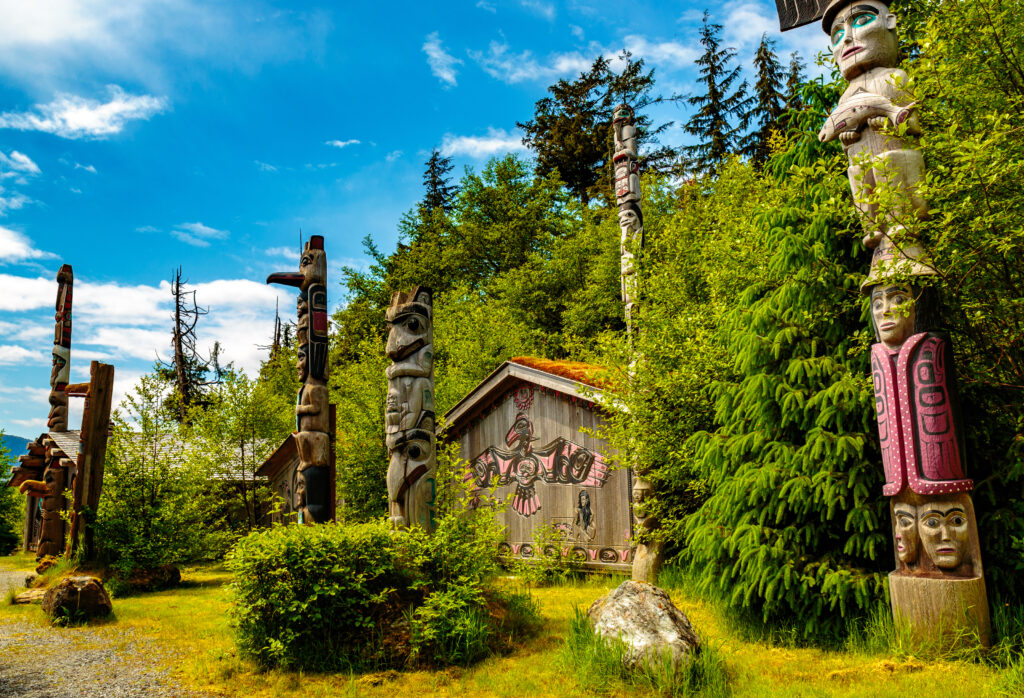
At the Totem Heritage Center and Saxman Native Village, visitors can see one of the world’s largest collections of authentic totem poles, representing the artistry and traditions of the Tlingit, Haida, and Tsimshian peoples.
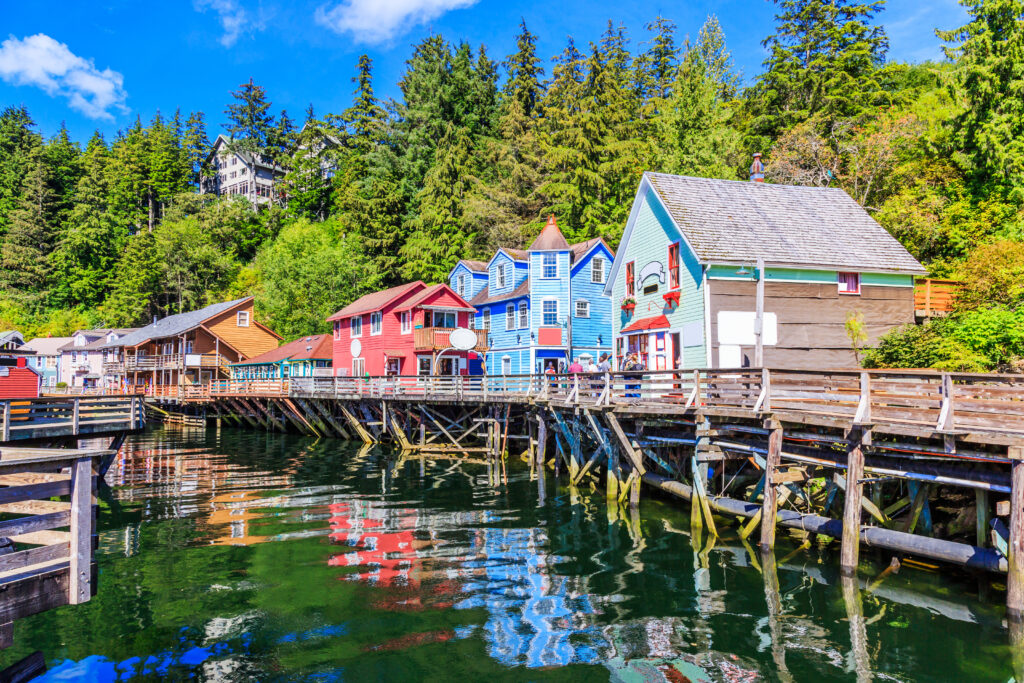
Downtown’s Creek Street, once a lively red-light district, now hosts charming galleries and shops. Ketchikan is also a gateway to Misty Fjords National Monument, where dramatic cliffs, waterfalls, and mirror-like lakes create one of Alaska’s most spectacular landscapes.
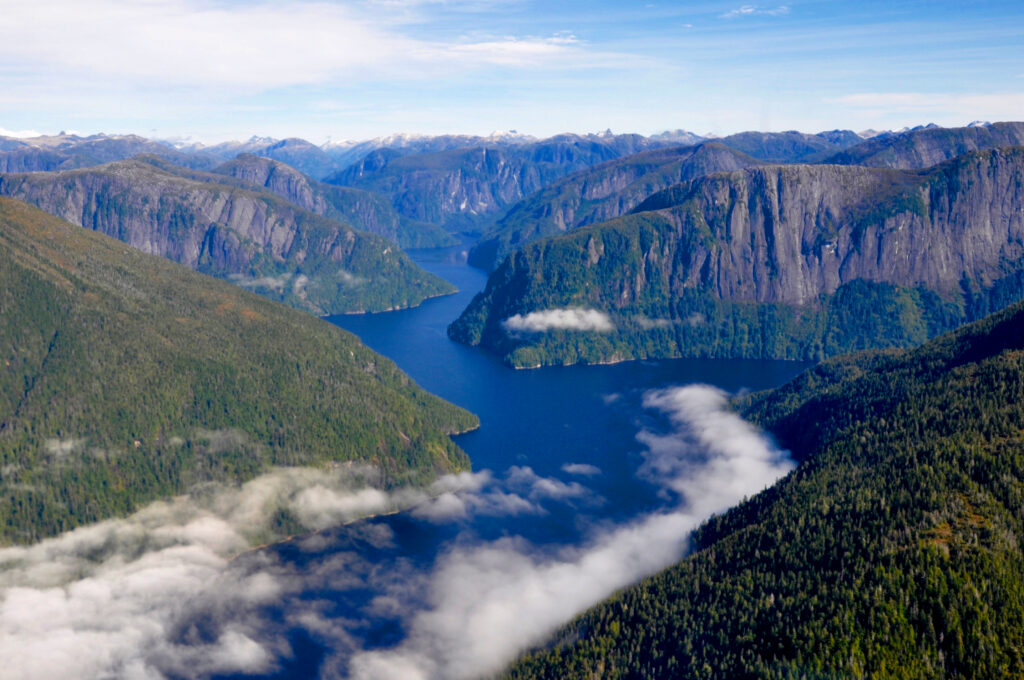
Ketchikan’s blend of Native culture, natural beauty, and historic character makes it an essential stop for anyone exploring Alaska’s Inside Passage.
Wrangell–St. Elias National Park
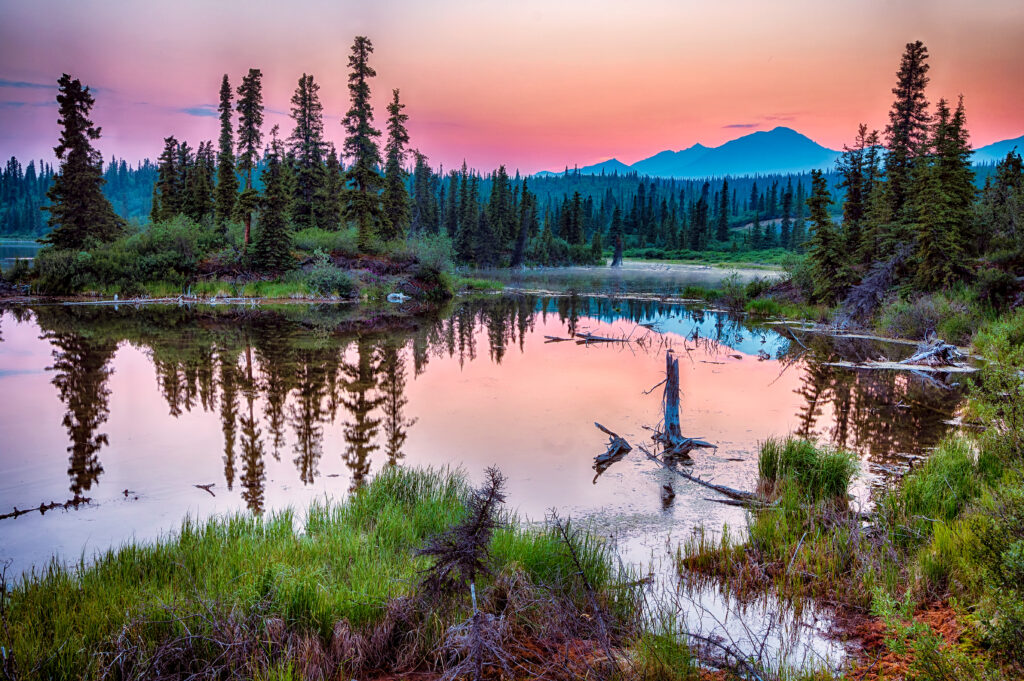
Sprawling across more than 13 million acres, Wrangell–St. Elias National Park is the largest national park in the United States—bigger than Switzerland, and a true wilderness on an epic scale.
Here, four mountain ranges meet, crowned by towering peaks like Mount St. Elias, the second-highest in North America. Glaciers snake through valleys, including the immense Malaspina Glacier, visible from space.

Visitors seeking adventure can explore the historic mining towns of McCarthy and Kennecott, remnants of the copper boom of the early 20th century. Today, hikers and mountaineers venture into the backcountry to experience solitude and grandeur found nowhere else.
Wrangell–St. Elias is a place of raw, untouched majesty—a reminder that in Alaska, wilderness still stretches beyond the horizon.
Valdez
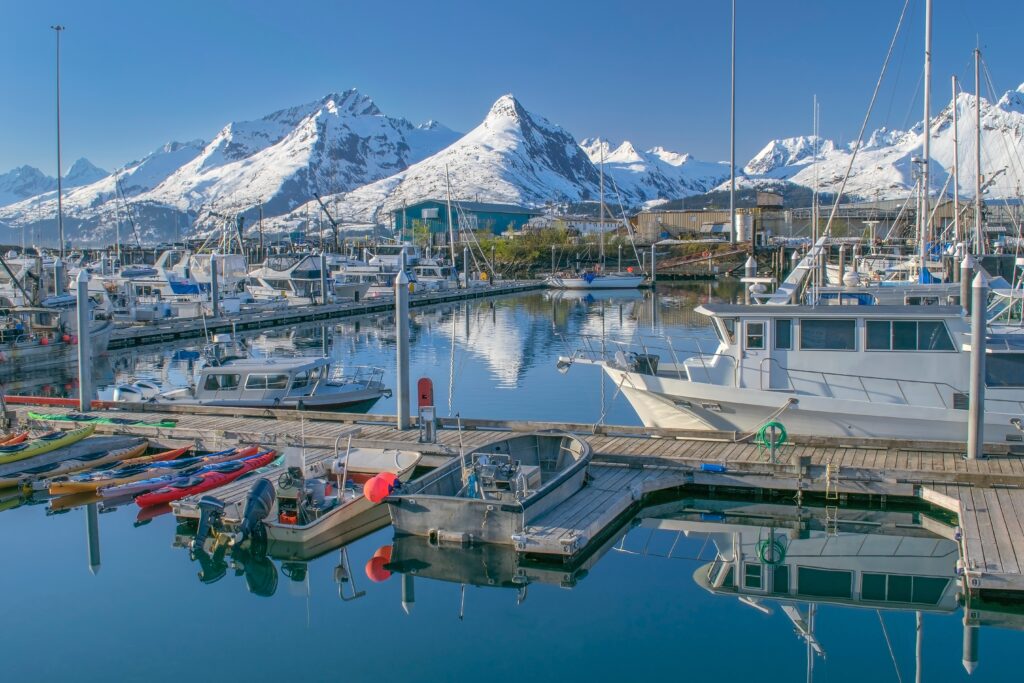
Framed by the Chugach Mountains and Prince William Sound, Valdez combines small-town charm with world-class scenery. Often called the “Switzerland of Alaska,” it’s known for its glaciers, waterfalls, and outdoor adventure.
The Worthington Glacier lies just outside town, offering easy access for hiking and ice exploration. In summer, kayakers paddle through shimmering fjords, while anglers pursue salmon and halibut in the surrounding waters. Winter transforms Valdez into a paradise for heli-skiing and snowboarding, drawing thrill-seekers from around the world.
Valdez also played a historic role as the southern terminus of the Trans-Alaska Pipeline and endured tragedy during the 1989 Exxon Valdez oil spill. Today, its rebirth and resilience are evident in its vibrant community and pristine environment.
With its mix of natural beauty, history, and adventure, Valdez stands as one of Alaska’s most captivating destinations.
Mendenhall Glacier

Just 12 miles from downtown Juneau lies one of Alaska’s most accessible natural wonders: Mendenhall Glacier. Flowing from the 1,500-square-mile Juneau Icefield, this 13-mile-long river of ice is a breathtaking sight—blue, sculpted, and constantly shifting.
Visitors can view the glacier from the Mendenhall Glacier Visitor Center, which offers panoramic overlooks and interactive exhibits explaining glacial science and local ecology. Trails like Nugget Falls Trail lead to a roaring waterfall beside the glacier, while the East Glacier Loop offers views of mossy rainforests and icy vistas.
Beyond the views, Mendenhall tells a deeper story about climate and change. As the glacier recedes, new landscapes emerge—revealing young forests, lakes, and wildlife adapting to transformation.
Whether admired from afar or explored up close on guided ice treks, Mendenhall Glacier offers a vivid and humbling connection to Alaska’s living, changing wilderness.
Haines

Nestled between mountains and ocean, Haines is one of Alaska’s most picturesque towns. Unlike nearby cruise-ship hubs, it retains a quiet, authentic charm rooted in both Native and pioneer history.
The town also offers a rich cultural experience at the Sheldon Museum and Hammer Museum, the latter being a quirky local favorite. Artists and craftspeople thrive here, inspired by the surrounding mountains, fjords, and wildlife.
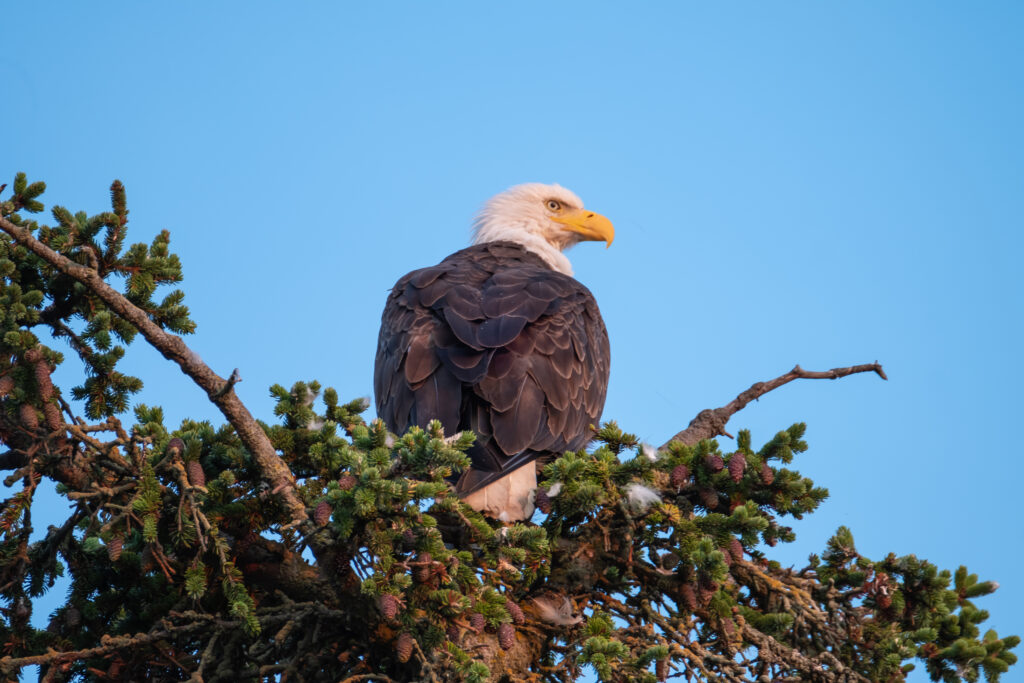
Haines is best known for the Alaska Chilkat Bald Eagle Preserve, where thousands of eagles gather each fall to feed along the Chilkat River—one of the largest concentrations of bald eagles in the world. Visitors can observe these majestic birds soaring and fishing in a spectacular natural setting.
Outdoor lovers find paradise in kayaking, fishing, or hiking the scenic trails that encircle the town. Haines is a place where serenity, community, and raw beauty meet in perfect balance.
Talkeetna

A small town with a big reputation, Talkeetna is the gateway to Denali and one of Alaska’s most charismatic communities. Founded during the gold rush, it now draws climbers, adventurers, and free spirits from around the world.
Talkeetna is famous for its rustic charm—colorful cabins, local breweries, and art galleries line its compact streets. The town inspired the fictional “Cicely” from the TV show Northern Exposure, a testament to its quirky character.
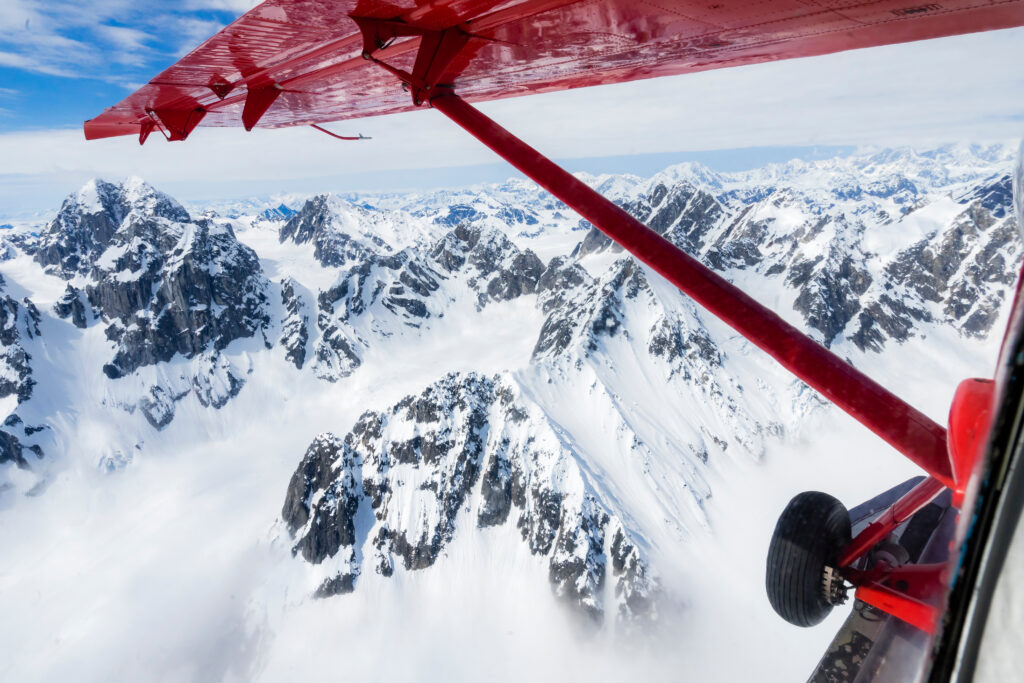
Flightseeing tours departing from Talkeetna offer breathtaking aerial views of Denali and the Alaska Range, often circling close enough to see mountaineers on the glaciers below. Rafting trips along the Talkeetna River and wilderness hikes add to its adventurous appeal.
Despite its size, Talkeetna radiates Alaska’s independent spirit—a place where climbers trade stories over local beer and every sunset feels like the start of another great expedition.
Nome
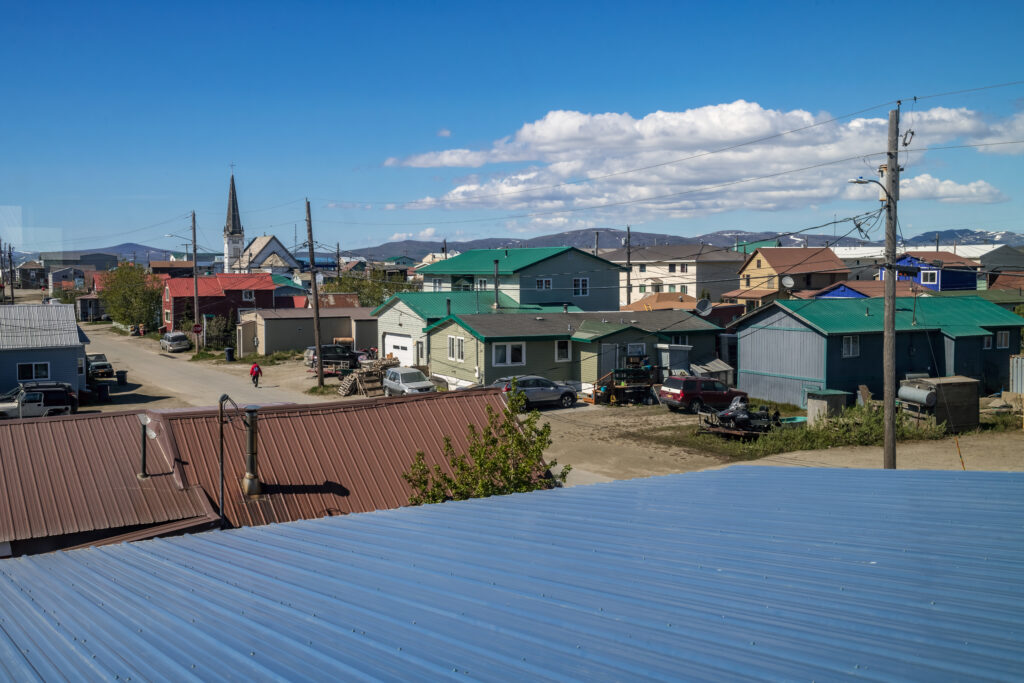
Remote, windswept, and steeped in history, Nome sits on the edge of the Bering Sea, nearly 540 miles from Anchorage. Once the epicenter of the 1899 gold rush, it still bears traces of that wild era—rusting dredges, weathered cabins, and the legendary “End of the Road” sign marking the finish of the Iditarod Trail Sled Dog Race.
Today, Nome is a blend of frontier grit and Inupiat culture. The Carrie M. McLain Memorial Museum and local cultural centers showcase Indigenous traditions and the challenges of life in the Arctic.
The surrounding tundra bursts into color each summer with wildflowers and migratory birds, while in winter the Northern Lights dance over the frozen sea. Nome is also one of the best places in Alaska to see musk oxen, reintroduced after near extinction.
Nome’s isolation gives it a magnetic pull—rugged, real, and deeply tied to the land and sea.
Gates of the Arctic National Park
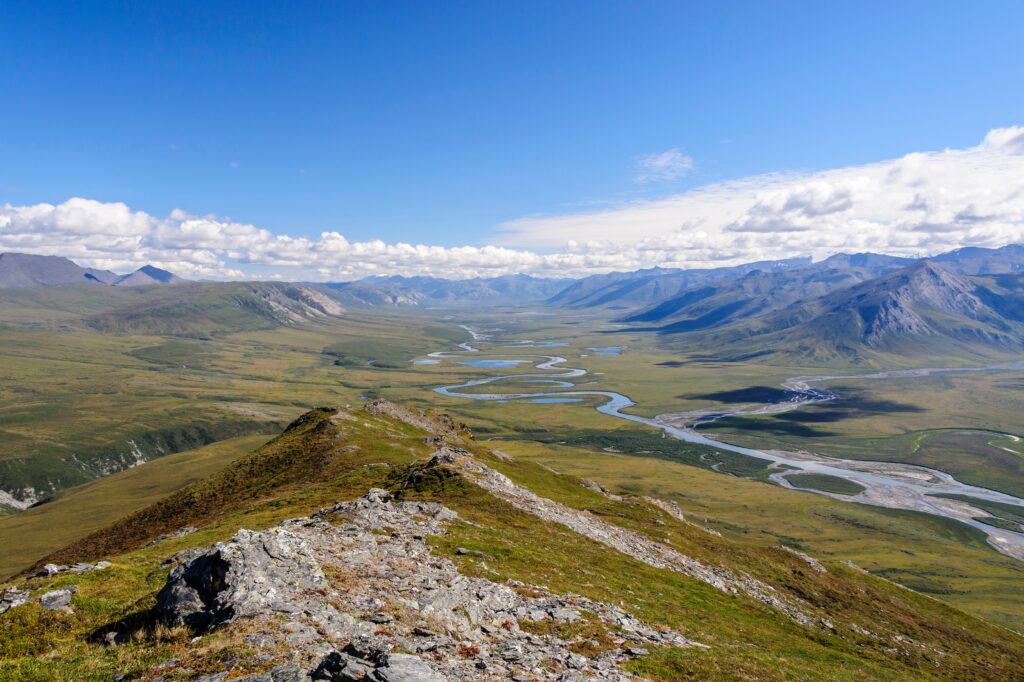
Far above the Arctic Circle lies Gates of the Arctic National Park, one of the last truly wild places on Earth. Covering 8.4 million acres with no roads or marked trails, it is accessible only by bush plane or long backcountry treks.
Here, the Brooks Range rises dramatically, its peaks carved by glaciers and rivers that have flowed untouched for millennia. Caribou herds roam the tundra, while wolves, bears, and lynx move through vast, silent valleys. For those who venture here, the sense of isolation and scale is profound—an encounter with nature at its rawest.
Visitors often arrive via the tiny villages of Bettles or Anaktuvuk Pass, where Athabascan and Nunamiut peoples have lived for generations. Their connection to the land provides context to this immense wilderness.
In Gates of the Arctic, there are no trails, no visitor centers—only freedom, solitude, and the timeless rhythm of the North.
Katmai National Park and Preserve

Best known for its brown bears, Katmai National Park offers one of the most awe-inspiring wildlife spectacles in North America. Each summer, dozens of bears gather at Brooks Falls, where they stand in rushing water, jaws open, catching leaping salmon mid-air—a scene immortalized in countless photographs and live webcams.
But Katmai is far more than bears. It’s a place born of fire: the park protects the Valley of Ten Thousand Smokes, created by the 1912 eruption of Novarupta, one of the largest volcanic events in modern history. Today, its barren, ash-filled valleys and fumaroles tell a story of both destruction and rebirth.

Visitors usually arrive by floatplane from King Salmon, soaring over pristine rivers and glacial lakes. Hiking and kayaking reveal a landscape that feels primordial—untamed and profoundly quiet. Katmai is raw Alaska, a place where nature rules absolutely.
Lake Clark National Park and Preserve
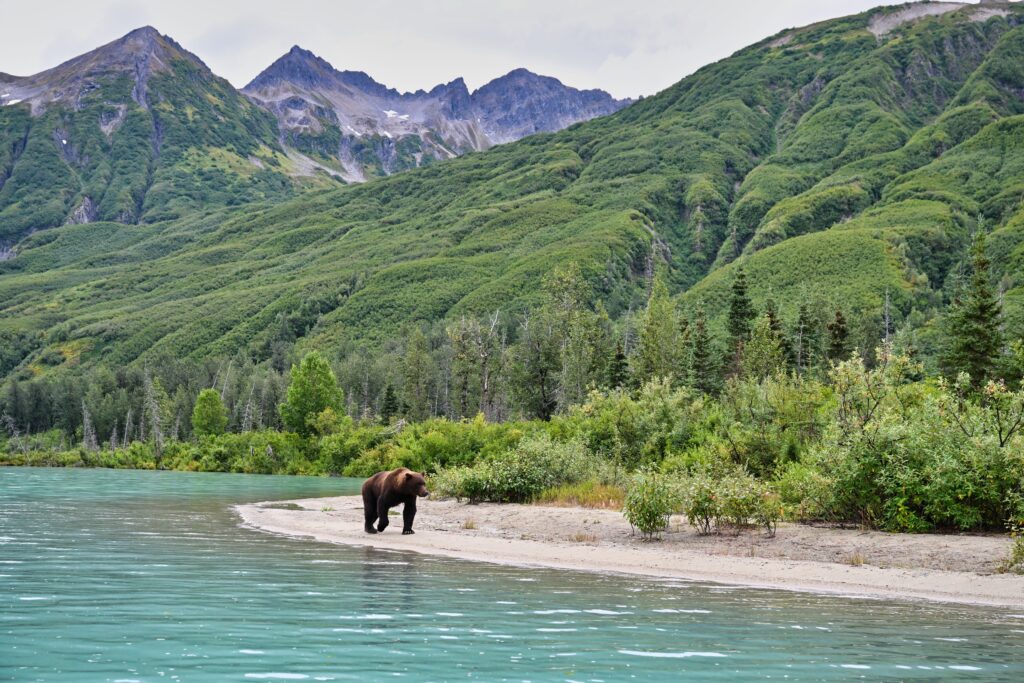
Remote and breathtaking, Lake Clark National Park embodies everything people dream of when they picture Alaska—towering mountains, turquoise lakes, bears roaming the beaches, and not a single road leading in. Accessible only by small plane or boat, it’s one of the least visited yet most spectacular parks in the U.S.
Lake Clark, the park’s centerpiece, is a shimmering expanse of glacial blue surrounded by the Chigmit Mountains. Volcanoes like Mount Redoubt and Mount Iliamna rise in the distance, often shrouded in steam.
Visitors can fish for salmon, kayak across still waters, or hike among wildflowers and alpine ridges. Homesteads once built by pioneers like Dick Proenneke—whose log cabin still stands as a testament to self-reliance—add a human story to this wilderness.
Lake Clark is solitude defined—a land where silence and grandeur remind travelers what true wilderness feels like.
Utqiaġvik (formerly Barrow)

Welcome to the northernmost city in the United States, perched on the shores of the Arctic Ocean. Utqiaġvik, known historically as Barrow, is a place of extremes—24-hour daylight in summer, polar night in winter, and temperatures that can challenge even the hardiest souls.
The town is home to the Iñupiat people, whose lives have long been shaped by the rhythms of the sea and ice. The Iñupiat Heritage Center offers insight into their culture, from traditional whaling to modern life in the Arctic.
Visitors can walk along the icy coastline, stand at the symbolic point where America meets the polar sea, or witness migrating whales and Arctic foxes. During winter, the aurora borealis transforms the dark sky into ribbons of green and purple light.
Utqiaġvik is a humbling reminder of human endurance and adaptation—a frontier where life and nature meet at the edge of the world.
Kenai Peninsula
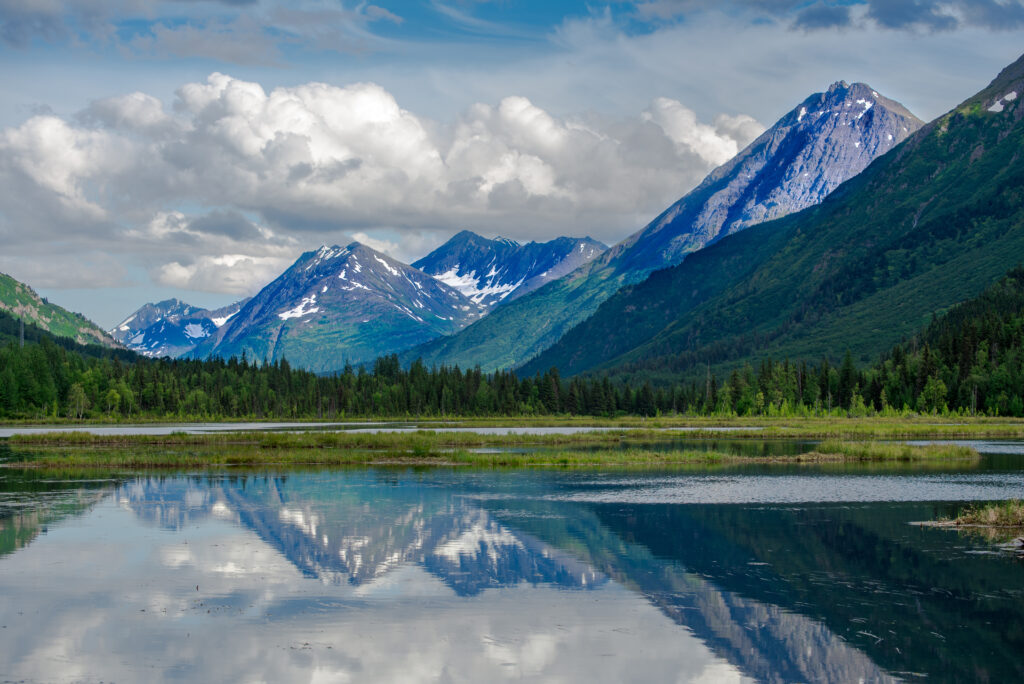
Known as “Alaska’s Playground,” the Kenai Peninsula combines accessibility with astonishing beauty. Within a few hours’ drive of Anchorage, travelers find glaciers, fjords, mountains, and coastal towns full of character.
Kenai Fjords National Park, with its vast Harding Icefield and glacially carved bays, is the peninsula’s jewel. Boat tours from Seward reveal towering ice walls, calving glaciers, and sea life including puffins, otters, and humpback whales.
Inland, rivers like the Kenai and Russian teem with salmon, drawing anglers from around the world. Towns such as Homer, “the halibut fishing capital of the world,” offer a creative, bohemian spirit alongside stunning views of Kachemak Bay.
With scenic drives, wildlife encounters, and endless outdoor opportunities, the Kenai Peninsula is where Alaska’s grandeur meets its most welcoming face.
Chugach State Park
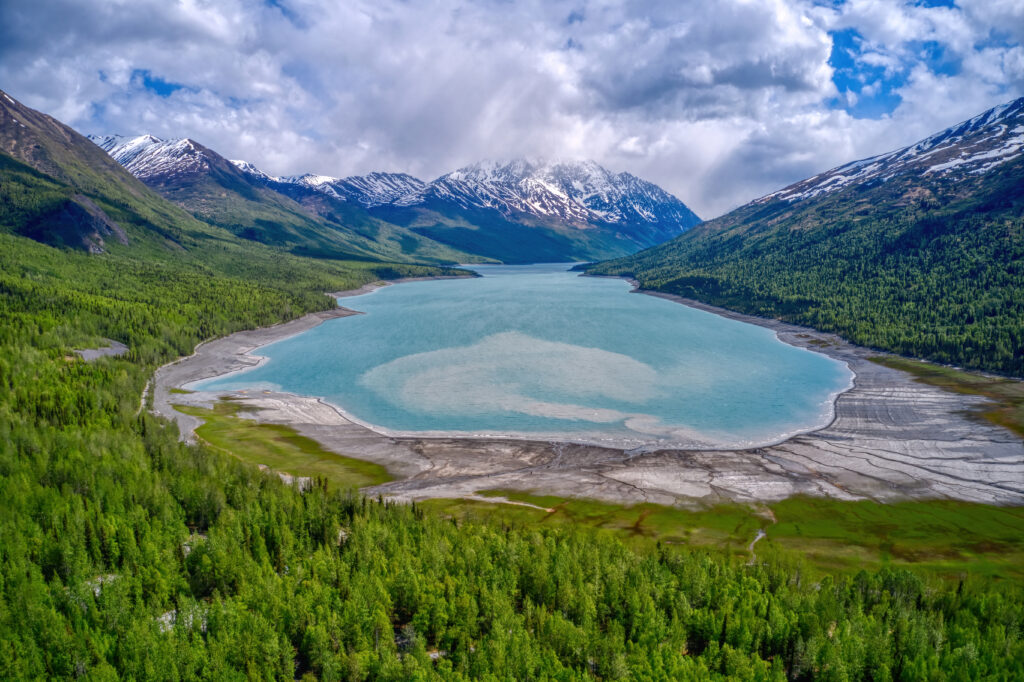
Just east of Anchorage lies Chugach State Park, one of the largest state parks in the U.S., offering more than 495,000 acres of wilderness within sight of Alaska’s biggest city. It’s a place where city life ends and wild country begins—almost instantly.
The park is a haven for hikers, bikers, and skiers, with trails leading to alpine lakes, rugged peaks, and sweeping overlooks of Cook Inlet. Flattop Mountain is a local favorite, offering panoramic views just minutes from downtown Anchorage.
Wildlife abounds—moose grazing in valleys, Dall sheep on rocky ridges, and even the occasional black bear wandering through the outskirts. In winter, the park transforms into a snowy wonderland for cross-country skiing and snowshoeing.
Chugach represents the essence of Alaska’s accessibility to adventure: a wild frontier literally at the doorstep of civilization.
Petersburg

Tucked among islands and fjords on Alaska’s Inside Passage, Petersburg is often called “Little Norway” for its strong Scandinavian roots. Founded by Norwegian fishermen in the late 19th century, the town retains a strong maritime tradition, with colorful fishing boats lining its harbor.
Unlike many Alaskan ports, Petersburg is not a cruise ship stop—it’s a working fishing community, authentic and unspoiled. Visitors can learn about its heritage at the Claussen Museum, stroll the wooden boardwalks, or watch eagles and seals from the docks.
Surrounded by the Tongass National Forest and the glacial LeConte Bay, Petersburg offers kayaking, flightseeing, and wildlife tours where glaciers calve dramatically into icy waters.
Petersburg’s quiet pride and community spirit make it one of Alaska’s most genuine small towns—alive with tradition and shaped by the sea.

